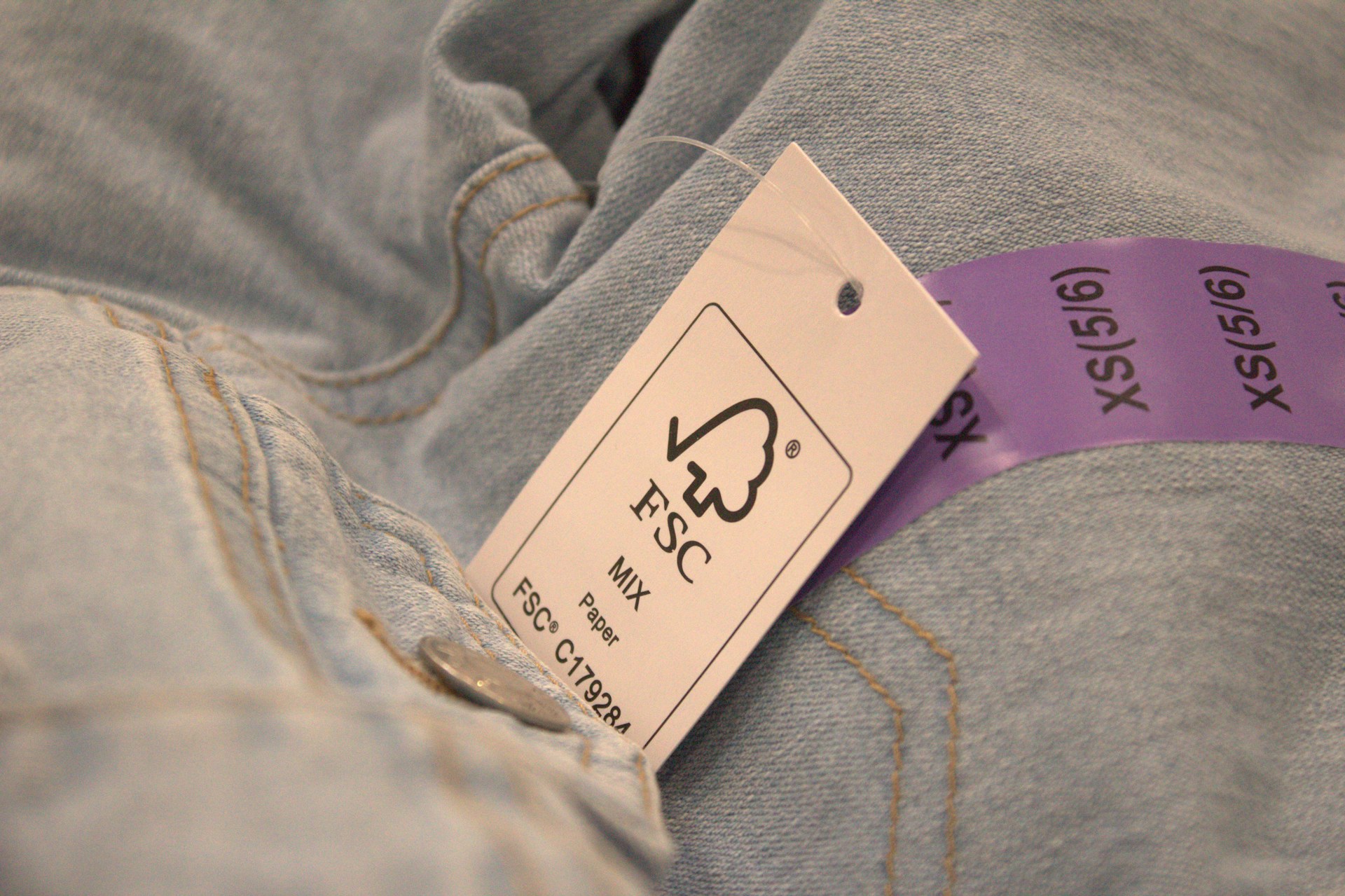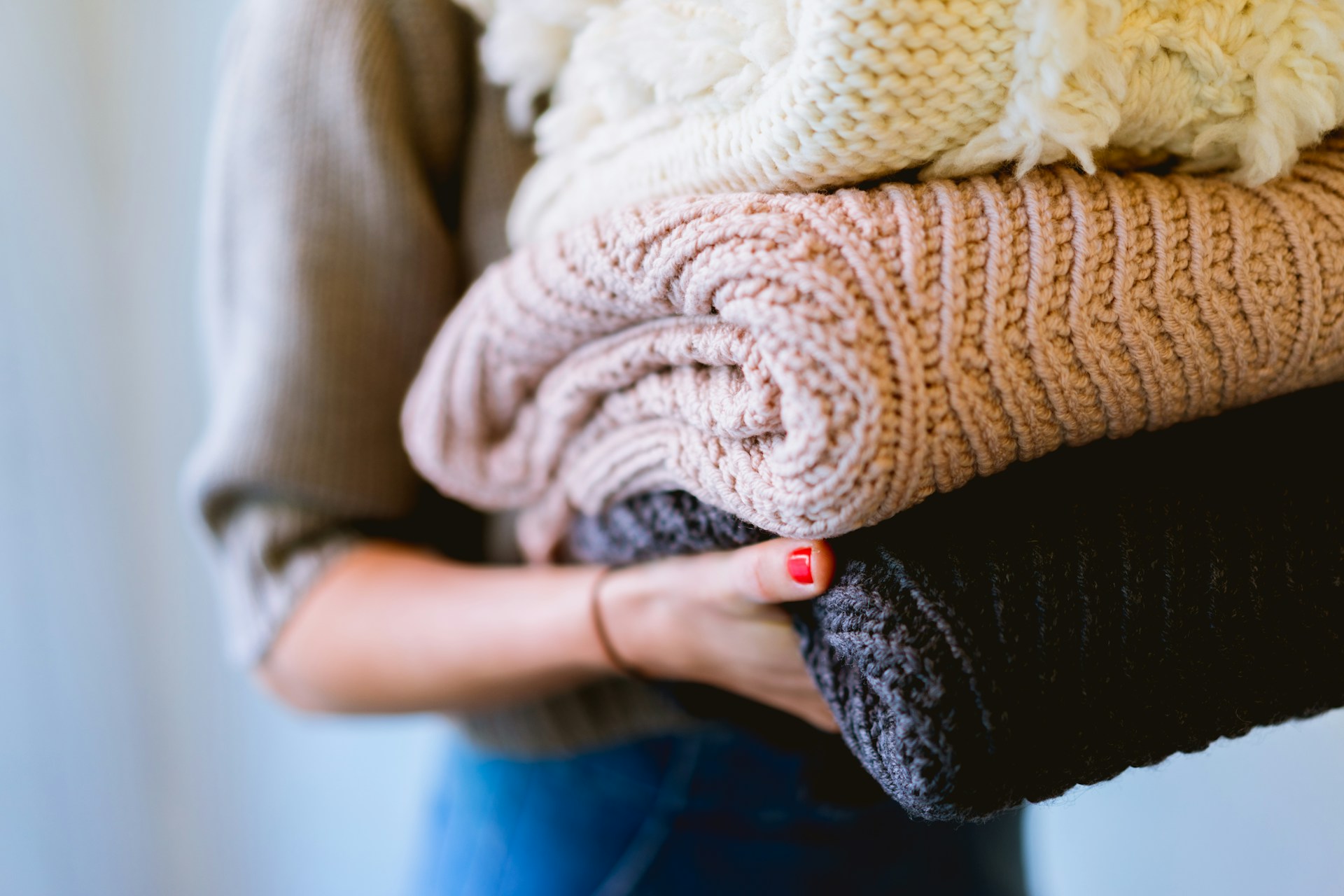Introduction
Most style regret happens before checkout—because tags look like jargon. This guide turns labels into signals: fiber mix (feel + care), GSM (weight), weave/knit (drape + wrinkle), and finish (pilling, sheen, shrink). You’ll build a quick “label read,” a blend cheat‑sheet, and a closet rule that kills impulse buys.

1) Build your blend cheat‑sheet (10 minutes)
Make a two‑column card: Blend → What it buys you / what it costs.
-
100% cotton: easy care; may shrink, creases.
-
Cotton + elastane (1–3%): recovery/stretch; heat kills elastane—air‑dry.
-
Cotton + modal/lyocell: softer hand, better drape; can grow when wet—flat‑dry.
-
Wool/merino: odor‑resistant, temperature‑smart; enzyme‑free wash.
-
Wool + nylon: durability, shape retention.
-
Linen: airflow, texture; wrinkles (by design), relaxes with wear.
-
Poly blends: wrinkle‑resistant; can trap heat/odor—prefer quality, matte weaves.
2) Weight matters: learn GSM (5 minutes)
GSM = grams per square meter (fabric weight).
-
Tees: light ≈ 140–160 GSM; mid ≈ 170–200; heavy ≈ 220+.
-
Sweats: mid ≈ 260–320; heavy ≈ 350+.
Heavier ≠ always better; match to climate + drape. Record weight where brands list it.
3) Weave/knit = drape + wrinkle profile
-
Poplin/broadcloth: crisp, smooth; dress shirts.
-
Twill (diagonal): softer, more wrinkle‑forgiving; chinos.
-
Oxford: basket weave; sturdy, casual‑smart.
-
Jersey (knit): stretchy tees; watch pilling in low‑twist yarns.
-
Ponte: double‑knit; structure + comfort for dresses/pants.
4) Finish & claims—translate the marketing
-
Mercerized: cotton made smoother/shinier; can feel dressier.
-
Sanforized: pre‑shrunk denim; less surprise after wash.
-
Peached/Brushed: soft hand; may pill sooner—wash gentle.
-
Wrinkle‑free/easy‑care: often resin finish; test breathability.
-
Recycled / organic: great—still judge hand, weave, construction.
5) Construction tells the truth
Quick checks in‑store:
-
Seams: even stitching, no skipped threads.
-
Buttons/zips: securely anchored; zip runs smooth.
-
Pattern matching: stripes/plaid align at side seams.
-
Hem allowance: more cloth to let out = longer life.
6) Fit signals on the tag
Tags don’t say it, but shoulder width and rise drive silhouette. Bring a soft tape. For shirts, shoulder seam to seam; for pants, rise and thigh. Compare to your Fit Map targets.
7) Greenwashing guardrails
-
Look for clear fiber %, not vague “eco fabric.”
-
Prefer standards with transparent scope (e.g., materials vs. whole product claims).
-
Still buy for fit, fabric, construction first—then values.
8) Try‑on protocol (3 minutes)
-
Wrinkle squeeze: pinch fabric for 5 seconds—does it relax fast?
-
Light check: hold to light—sheer? tight weave?
-
Movement: sit, reach, step—any pulling at yoke or seat?
9) The Label Literacy one‑sheet
Columns: Item | Fiber % | GSM/Weight | Weave/Knit | Finish | Construction Notes | Care | CPW Estimate | Verdict (Buy/Pass).
Snap a photo of the tag; enter key data post‑try‑on.
10) Care rules (so tags don’t betray you)
Wash per fiber, not brand. Heat is the enemy of elastane and finishes. Steam > iron for most day‑to‑day.
11) Weekly cadence (10 minutes)
Log any new purchases to the sheet; note hand feel, drape, and early wear. If pilling appears fast, flag the blend—avoid repeats.
Pitfalls
Buying on “organic” alone, ignoring GSM in hot climates, trusting “wrinkle‑free” for breathability, skipping construction checks.
The compounding effect
Reading labels trains your hand and eye. Over a season, your buys sharpen, returns drop, CPW falls—and your closet feels coherent.
Bottom line: Translate tags into behavior. Choose blends, weights, and weaves that match your life, not the mannequin.

